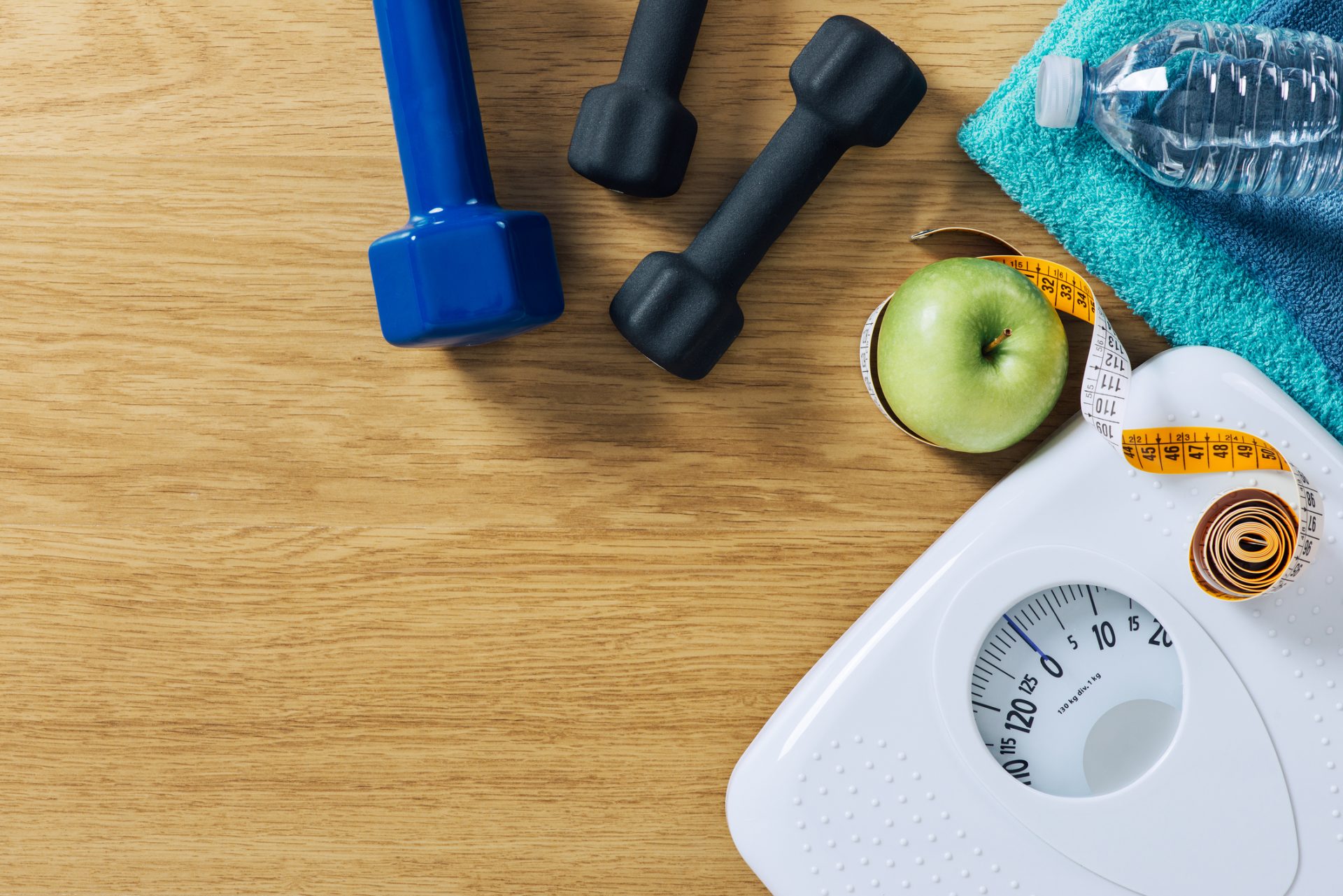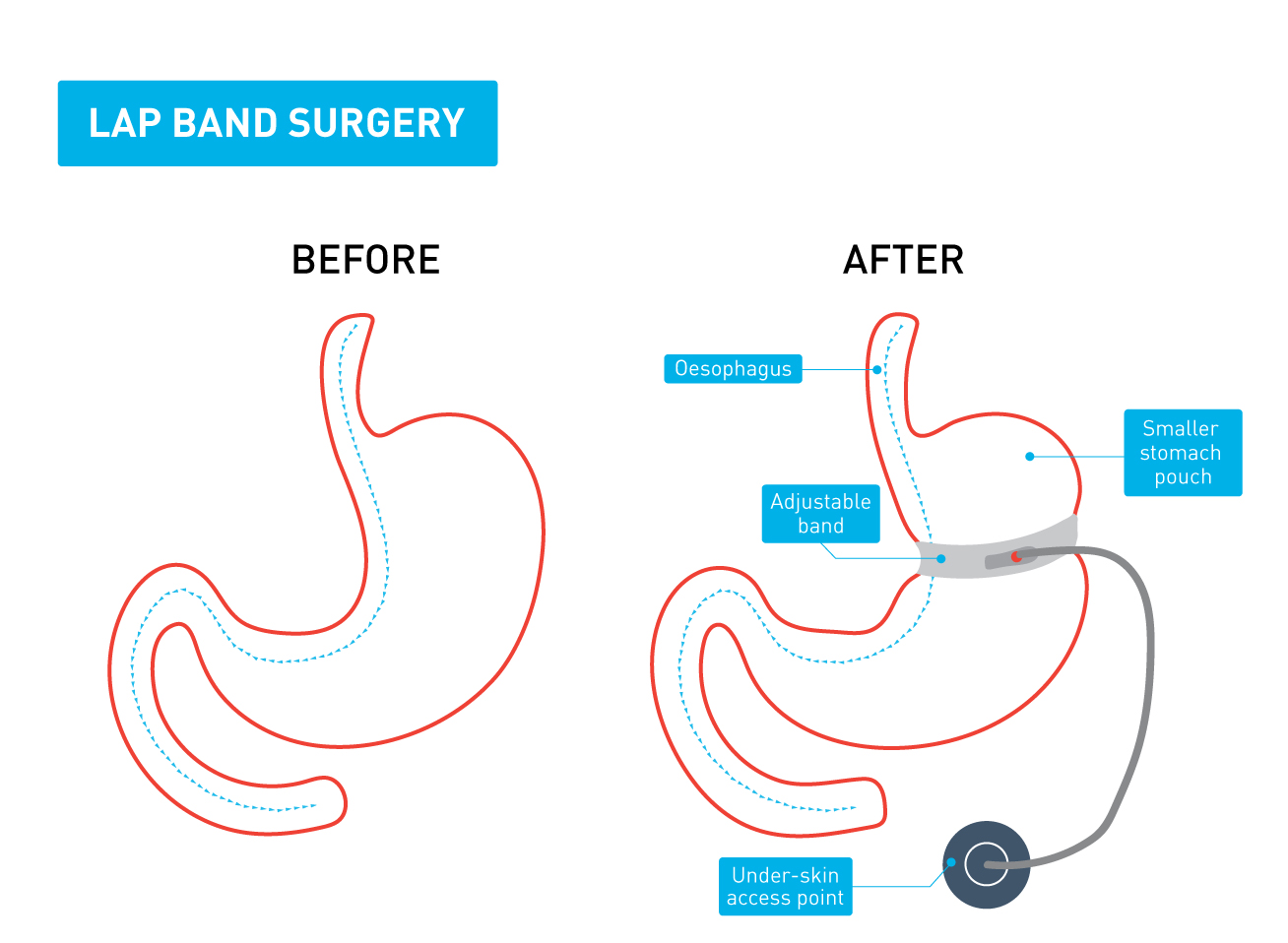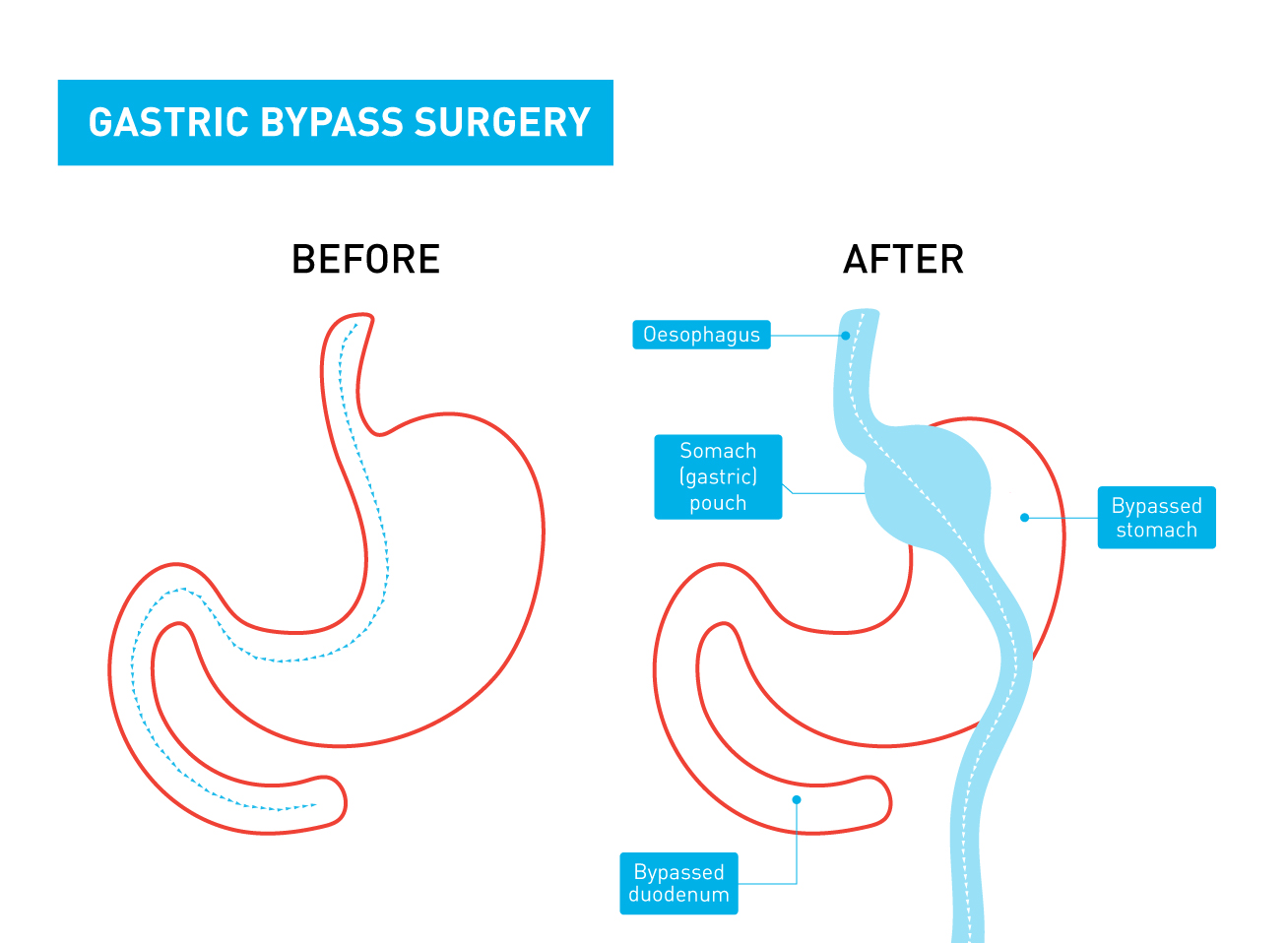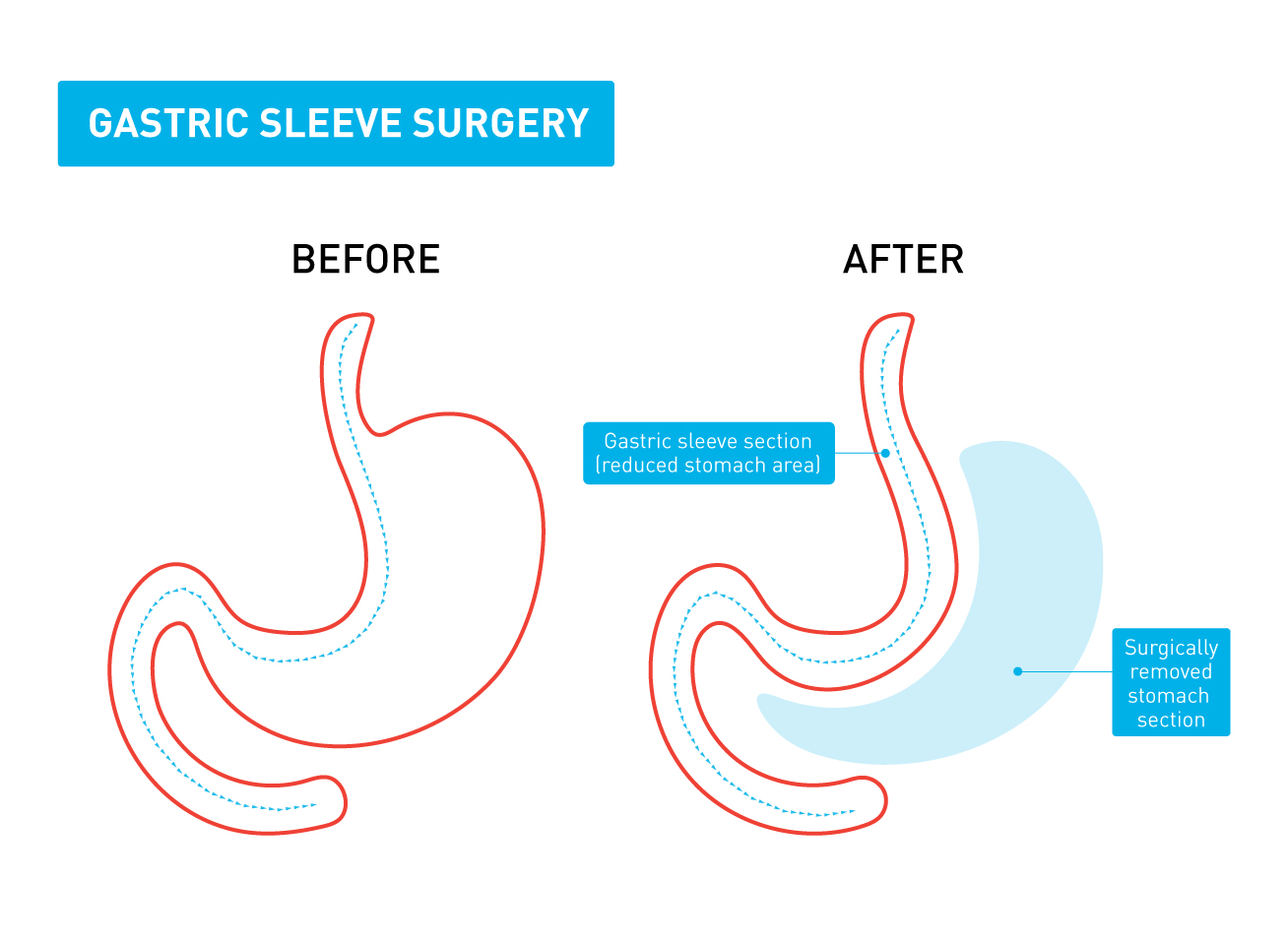-
More than 60 per cent of Australians are overweight or obese – that’s around 11.2 million people.
And according to Medibank’s Better Health Index, our mean body mass index (BMI) has risen from 27.04 in 2007-08 to 27.19 in 2014-15, with both scores falling into the ‘overweight’ category.
It’s well known that excess weight, especially obesity, is a major risk factor for a range of chronic diseases, including cardiovascular disease, type 2 diabetes and certain types of cancer[1].
So it’s not surprising that many are turning to surgery as an answer - in 2007-08 around 17,000 Australians had weight loss surgery (also known as bariatric or obesity procedures).
We look at some common weight loss procedures, how they work and who should consider them, as well as life after weight loss surgery.
Do I qualify for weight loss surgery?
If you need to lose weight, lifestyle changes like exercise and diet should always be the first option (and if you need some tips, be sure to check out some of our great be.magazine content).
Surgery should be a last resort for those who are very overweight. The Royal Australian College of General Practitioners recommends surgery for people with a BMI of more than 40, or more than 35 for people with obesity-related health conditions, for example, type 2 diabetes.
Even then, those considering surgery should think carefully about the risks of obesity as opposed to the chance of success and possible side effects of surgery.
Ultimately, you need to consult with your doctor about whether weight loss surgery is suitable for you. They will take into account your BMI, your efforts to lose weight by other means, and your ability to perform daily tasks.
Common weight loss surgeries and how they work
There are three common types of weight loss procedures; lap band, gastric bypass and gastric sleeve surgery.
1. Lap band surgery
During lap band surgery (also known as gastric banding) an inflatable band is placed around the top part of your stomach. The band slows the entry of food to the main part of your stomach, making you feel full after eating a small amount of food.
A port with a small tube that joins to the inflatable band is placed from the under the skin of your abdomen so the band can be easily adjusted.
The procedure is done under general anaesthetic using keyhole surgery.
After surgery, you'll need to visit your doctor to have the band adjusted to the size that works for you. It’s done by adding or removing salt water through the small tube. You don't need any anaesthesia for the adjustment.
Types of weight loss procedures


-
2. Gastric bypass surgery
A gastric bypass decreases the size of the stomach and changes the way the stomach and small intestine absorb food.
During the procedure, staples are used to create a small pouch in the top part of your stomach. The pouch is then attached to the lower part of your small intestine so that the food you eat bypasses most of the stomach and the first part of the small intestine.
The surgery is performed under general anaesthetic. It’s usually done as a keyhole procedure, but some people will need open surgery.

-
3. Gastric sleeve surgery
During gastric sleeve surgery, or sleeve gastrectomy, a large part of your stomach is removed.
Your surgeon will use a stapling device to create a small tube or 'sleeve' in your stomach, then remove the rest of your stomach. After surgery, your stomach will hold only about a tenth of what it did before.
After the surgery, you will feel full after eating a small amount of food.

-
What are the risks?
All surgery comes with risks, including infection, loss of blood or a reaction to anaesthetic. Different types of weight loss surgery are associated with different risks. If you are considering weight loss surgery, ask your doctor and surgeon about the risks involved.
What to expect after weight loss surgery
Most people stay in hospital between 1 and 5 days, depending on the procedure.
You will only be able to eat liquid foods at first. After a while you can eat pureed food, and eventually you will be able to eat small meals of solid foods.
Weight loss surgery may help with initial weight loss, but in order to continue to lose weight or keep it off, you will need to make significant lifestyle changes, including diet and physical exercise. Many people will have help from a dietitian or others to make these changes.
Some people might also have to take vitamin and mineral supplements after weight loss surgery.
[1] http://www.aihw.gov.au/overweight-and-obesity/
https://www.betterhealth.vic.gov.au/health/conditionsandtreatments/obesity-surgery
https://www.healthdirect.gov.au/guide-to-bariatric-surgery
https://www.healthdirect.gov.au/lap-band-surgery
https://www.healthdirect.gov.au/gastric-bypass-surgery
https://medlineplus.gov/ency/article/007199.htm
-
What causes bad breath?
Find out how to keep your mouth smelling fresh
-
Signs to look out for when a cold is getting more serious
When you should see a doctor for a cold.
-
The health checks to keep in mind at different stages in your life
Have you had these health checks?
-
Bowel cancer: risks, symptoms, diagnosis and treatment
Learn more about bowel cancer
-
Flu myths debunked
Is 'man flu' real? Can you catch the flu from the flu vaccine? We separate flu facts from flu fictions.
-
Where to get health support in Australia
An Overseas Student Health Cover member’s guide to key health services and when to use them.
Subscribe to receive the best from Live Better every week. Healthy recipes, exercise tips and activities, offers and promotions – everything to help you eat, move and feel better.
By clicking sign up I understand and agree to Medibank's privacy policy






